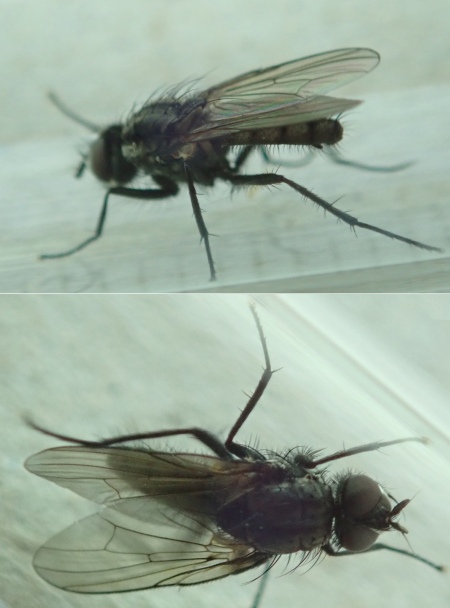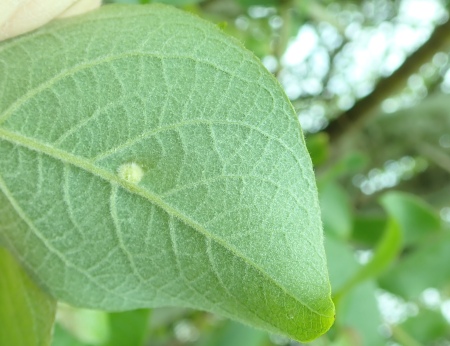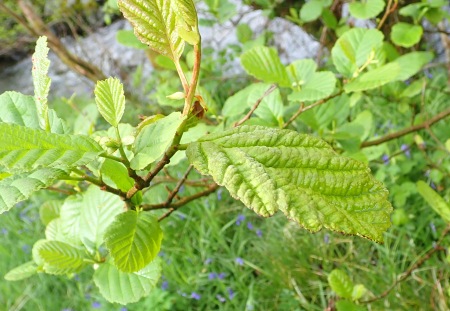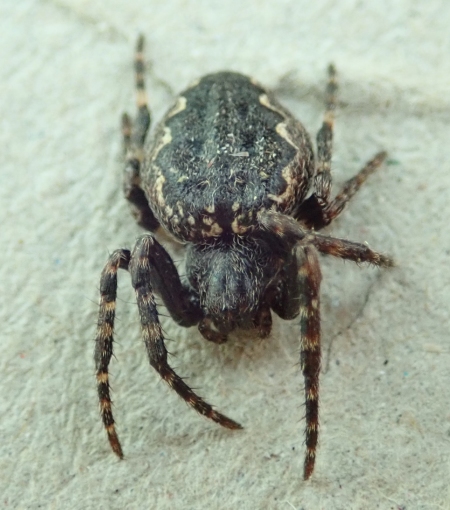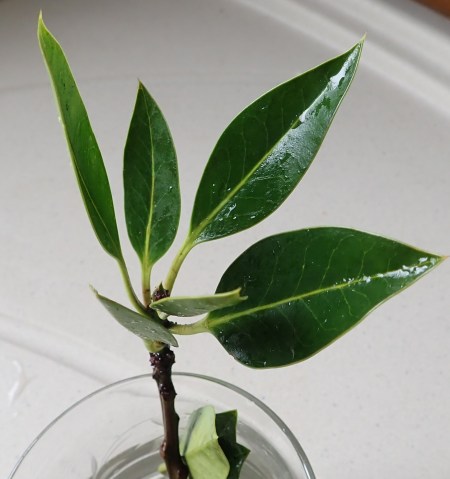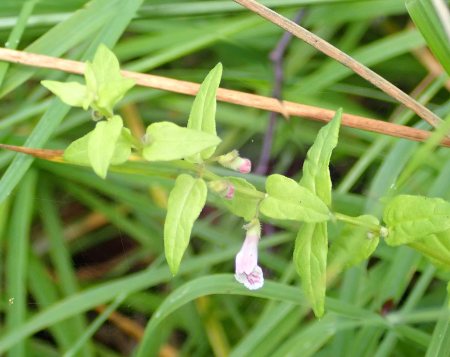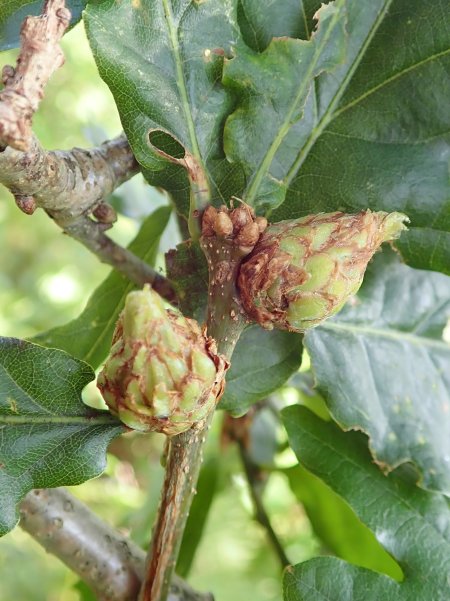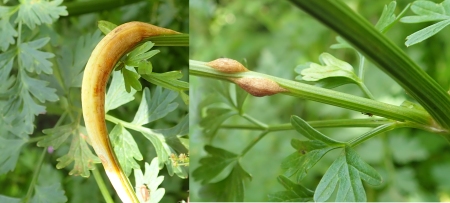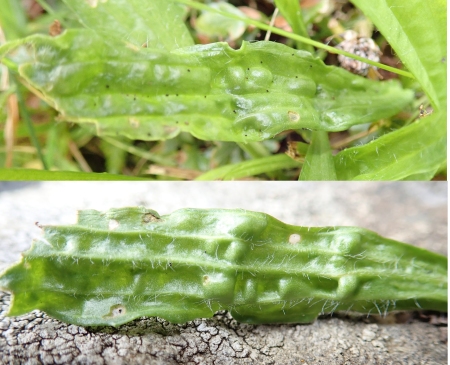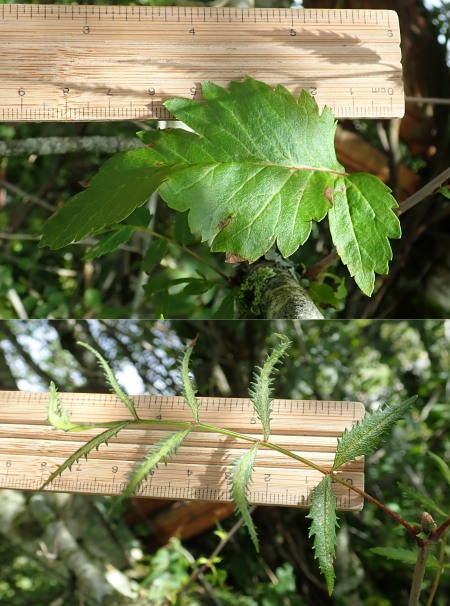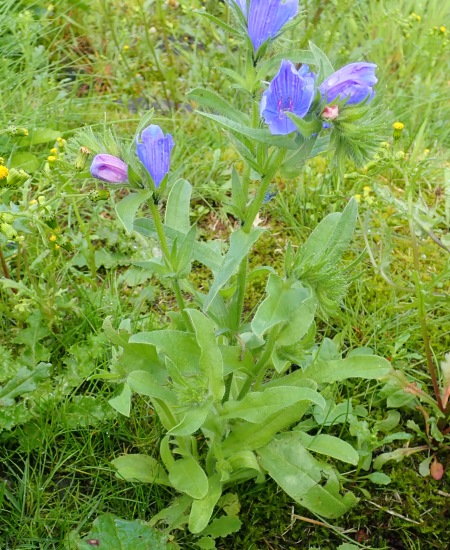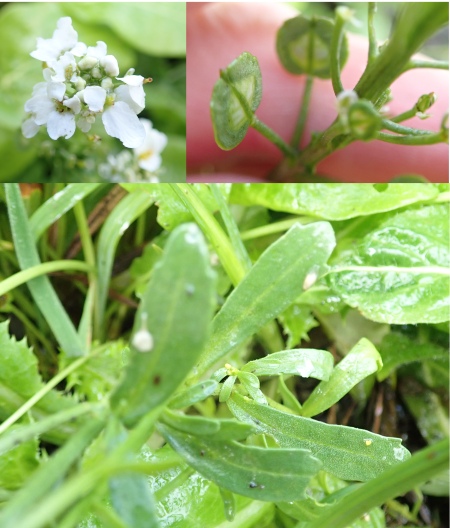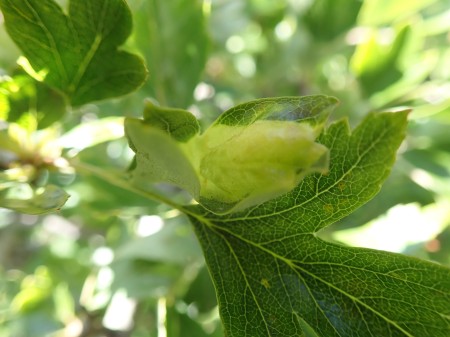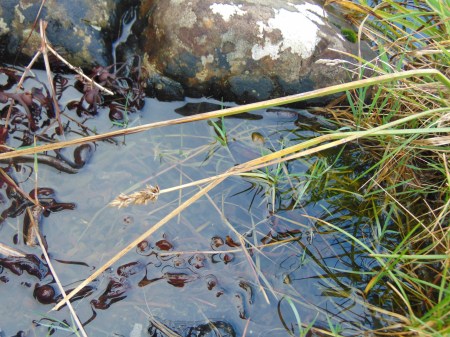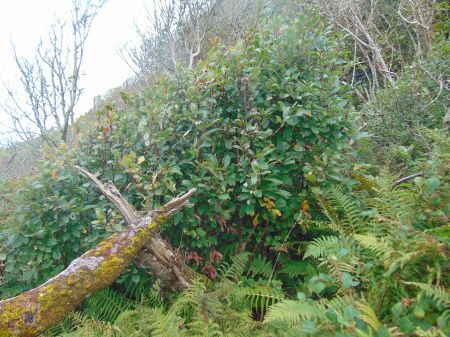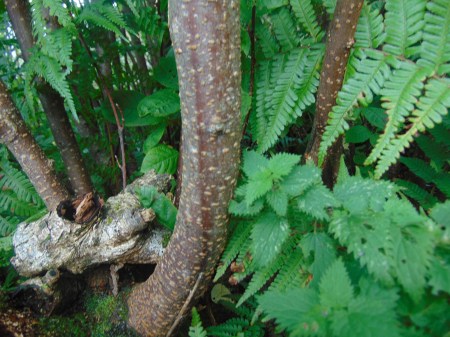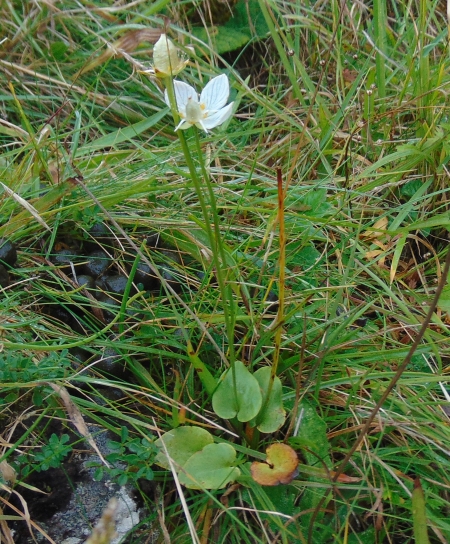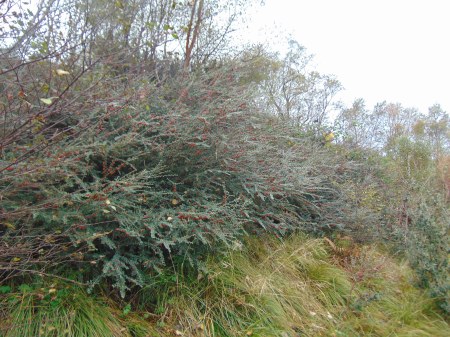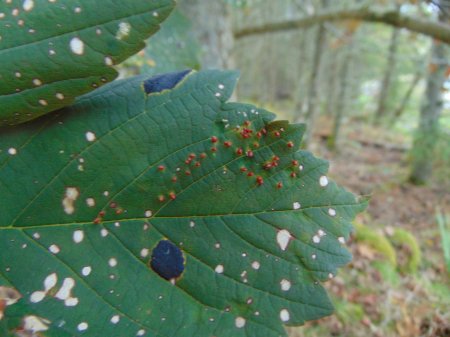I spent a week on Colonsay with five other botanists refreshing my skills in sand dune and sandy soil habitats, amongst other things. An excellent week in which I learnt about several new galls, saw a Small Copper butterfly, which I have never seen on Skye/Raasay and found nice things in the local context like Atriplex laciniata (Frosted Orache) and Orobanche alba (Thyme Broomrape).
I made the most of my refreshed and new skills by going to Canna/Sanday on Saturday. On summer Saturdays it is possible to have over eight hours on the islands by catching the 0730 ferry from Mallaig and leaving Canna on the 1820.
This proved very useful as I re-found 1930s records in the Sanday dunes for Catapodium marinum (Sea Fern-grass) and Trifolium campestre (Hop Trefoil). In both cases these are only the second recent records for the vice-county, the others being on Rum and Eigg respectively.
This slideshow requires JavaScript.
I also inadvertently made the first Canna/Sanday record and therefore the first NG20 record for several species including Botrychium lunaria (Moonwort), Carex remota (Remote Sedge) and Scrophularia auriculata (Water Figwort), the last looking like a recent import at the ferry terminal.
Even more importantly, I made the first VC104 record for Polygonum boreale (Northern Knotgrass), distinguished from P. aviculare by having oblong-ovate, petiolate leaves (and large nuts, but it is too early in the year for that to be apparent).
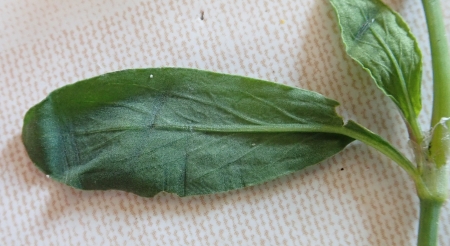
This is a species that was thought to be restricted to the Northern Isles but has since been found in the Outer Isles and Tiree and Colonsay.
The dipteran Janetiella frankumi makes this gall on Rosa spinosissima (Burnet Rose):
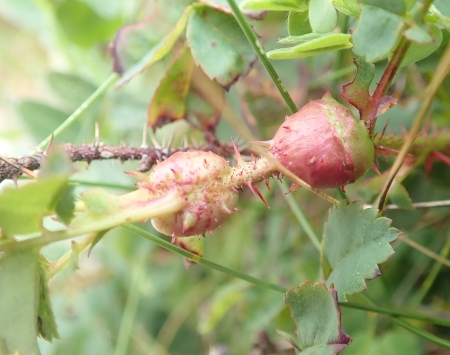
Janetiella frankumi
Simon showed it to me on Colonsay, and there it was on Canna.
So much more I could write but I must get on with entering records into the database……
